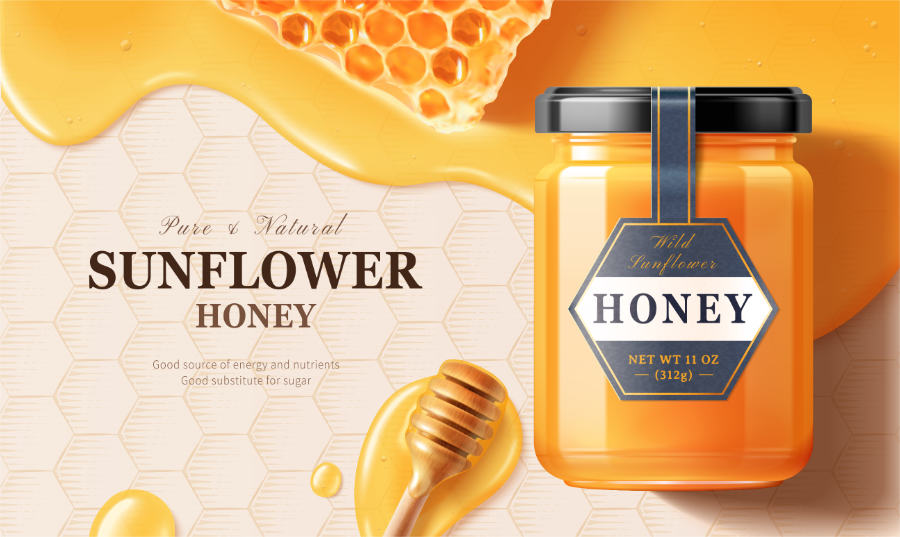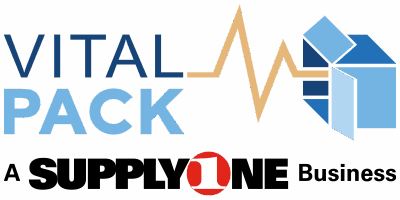
Food packaging is an important part of any food business, and one of the most important elements is the label. Food labels offer information about the product, persuade customers to purchase the product, and display nutritional information about the food inside. Labels are also the first thing a customer sees, and a good quality label can stand out on the product shelf of a grocery store. For these reasons, it’s important to create custom food labels that are appealing to customers. At VitalPack, we specialize in custom labels, packaging, printing, and more. Read on to discover our tips for creating your custom labels that you–and your customers–will love.
Determine the Best Labels for your Food
The first step in choosing the right labels is to determine the type of food you’re packaging. Different types of food will require different types of labels. For instance, if you’re packaging dry food such as rice or flour, you’ll need labels that are water resistant and can stand up to moisture. If you’re packaging fresh produce, you’ll need labels that are designed to stay on the produce and resist smudging due to product condensation.
Select Your Label Materials
Once you’ve determined the type of food you’re packaging, you can begin to look at different label materials. Labels can be made from paper, plastic, or even metal. Depending on the type of food and the environment where it will be stored, some materials may be better than others. At VitalPack, we specialize in custom labels (flexographic print and digital print), in addition to stock labels and ribbons.
Flexographic Printing vs Digital Printing
Flexographic printing is a cost-effective choice for large-scale printing projects, and its process allows for customizing the label shape, size, and material. Digital printing is ideal for shorter runs and offers flexibility in design, offers faster turnaround times, and is more environmentally friendly. While both printing methods have their own unique benefits, the choice between flexographic and digital printing depends on the specific requirements of the project. You can reach out to us if you have more questions about which option is best for your operation.
Label Information, Nutrition Facts, and More
The next step is to decide what type of information you want to include on your labels. Labels should include the name of the product, ingredients, nutrition facts, and other relevant information. When in doubt, check with your local legislature to confirm what information is required on your food labels. Depending on the type of food, you may also want to include an allergy warning or a “Best By” date.
Create an Eye-Catching Design
Finally, consider the design of the label. Colors and fonts can help to make the label more attractive and easier to read. Be sure to use colors that contrast with the background and fonts that are easy to read. Consider what you know about your customers and create a label design with their needs in mind.
Get Your Custom Labels with VitalPack
By taking the time to create the right custom labels, you’ll ensure that your food products are easily seen and enjoyable for your customers. At VitalPack, we can help streamline your food packaging process. From the packaging itself, to custom labels and even digital printing for marketing materials – let us be the one-stop destination for your food product needs.
